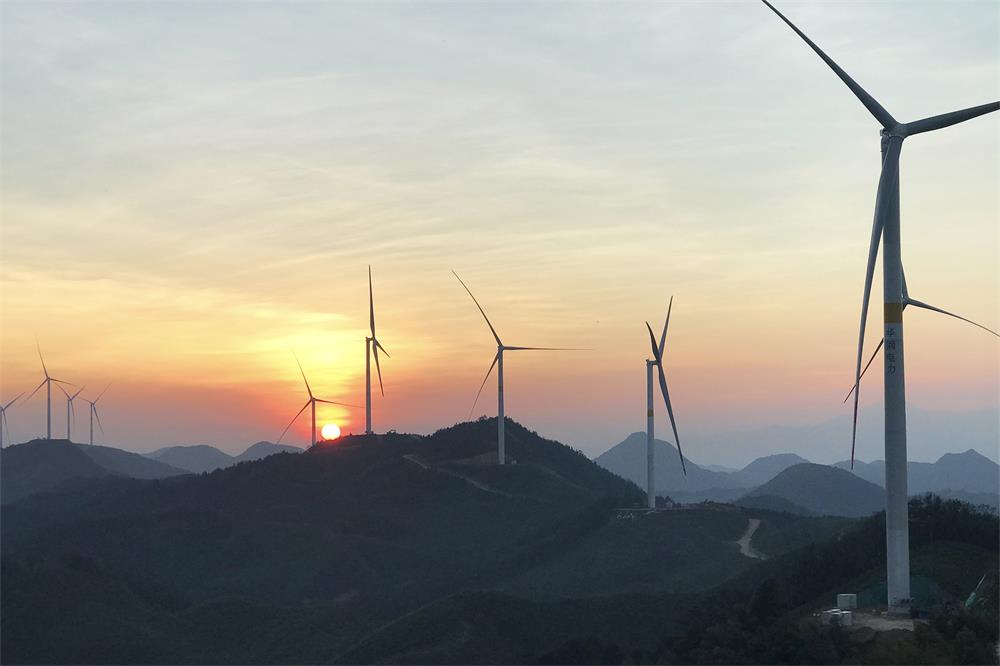

Mountainous environments pose unique challenges for wind power projects, requiring careful consideration in the selection of steel materials. The rugged terrain, high altitudes, and harsh weather conditions demand steel materials that can withstand these challenges while ensuring the efficient and safe operation of wind turbines. In this article, we will explore the importance of selecting the right steel materials for wind power projects in mountainous environments and the factors to consider for optimal performance.

Steel materials are crucial components in wind power projects, providing strength, durability, and structural integrity to wind turbines. In mountainous environments, where wind speeds are often higher and more turbulent, the selection of appropriate steel materials becomes even more critical. The tower, nacelle, and blades of wind turbines all rely on steel materials to withstand the forces exerted by strong winds and the dynamic nature of mountainous terrain.
When choosing steel materials for wind power projects in mountainous environments, several factors should be taken into account. Firstly, the steel must have high tensile strength to resist the forces exerted by strong winds. Additionally, it should possess good fatigue resistance to withstand the cyclic loading caused by wind gusts and turbulent airflow. Corrosion resistance is also essential, as mountainous regions often experience high humidity and exposure to salt or other corrosive elements.
Altitude and temperature variations in mountainous environments can affect the performance and durability of steel materials. At higher altitudes, the air is thinner, resulting in reduced cooling capacity for wind turbines. Therefore, steel materials with good thermal conductivity and heat dissipation properties are preferred to ensure optimal performance and prevent overheating. Moreover, steel materials should be able to withstand temperature fluctuations and extreme cold conditions without compromising their structural integrity.
While selecting steel materials for wind power projects in mountainous environments, it is crucial to strike a balance between cost and performance. High-strength steel alloys with superior properties may be more expensive, but they offer better resistance to fatigue, corrosion, and extreme weather conditions. Evaluating the overall lifecycle costs, including maintenance and potential downtime, is essential to make informed decisions regarding the selection of steel materials.
Choosing the right steel materials is vital for the successful implementation of wind power projects in mountainous environments. Steel materials provide the necessary strength, durability, and structural integrity to withstand the challenges posed by rugged terrains, high altitudes, and harsh weather conditions. By considering factors such as tensile strength, fatigue resistance, corrosion resistance, altitude, and temperature variations, wind power projects can ensure optimal performance and safe operation of wind turbines. With careful material selection and a focus on performance, wind power in mountainous environments can contribute to a sustainable and clean energy future.
 Hot News
Hot News  Contact Us
Contact Us phone:+8615314169444
mobile:+8615314169444
email:[email protected]
address:Room 305, Building B, Huachuang Ceremony Center, Jinan High-tech Zone, Jinan City, Shandong Province,China
